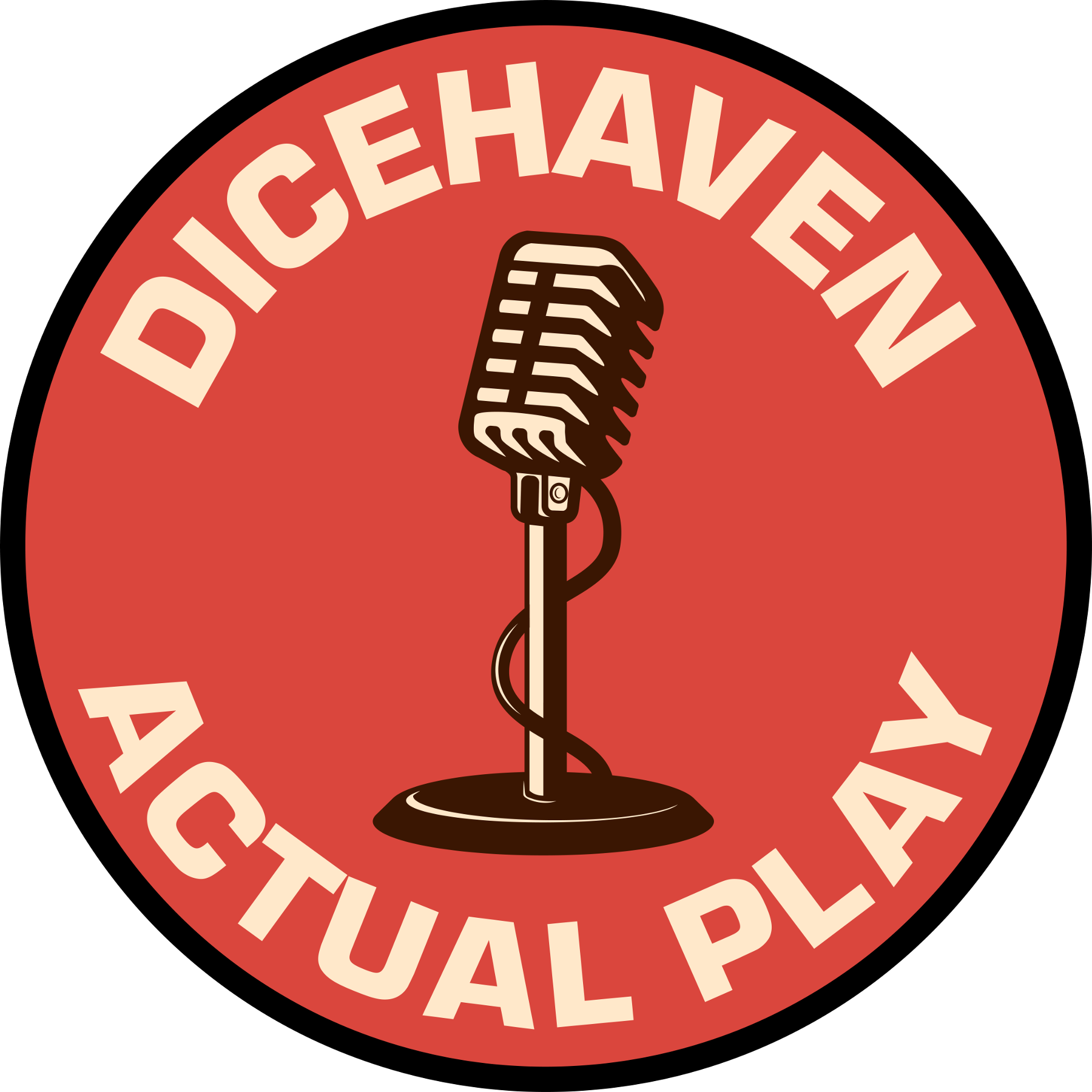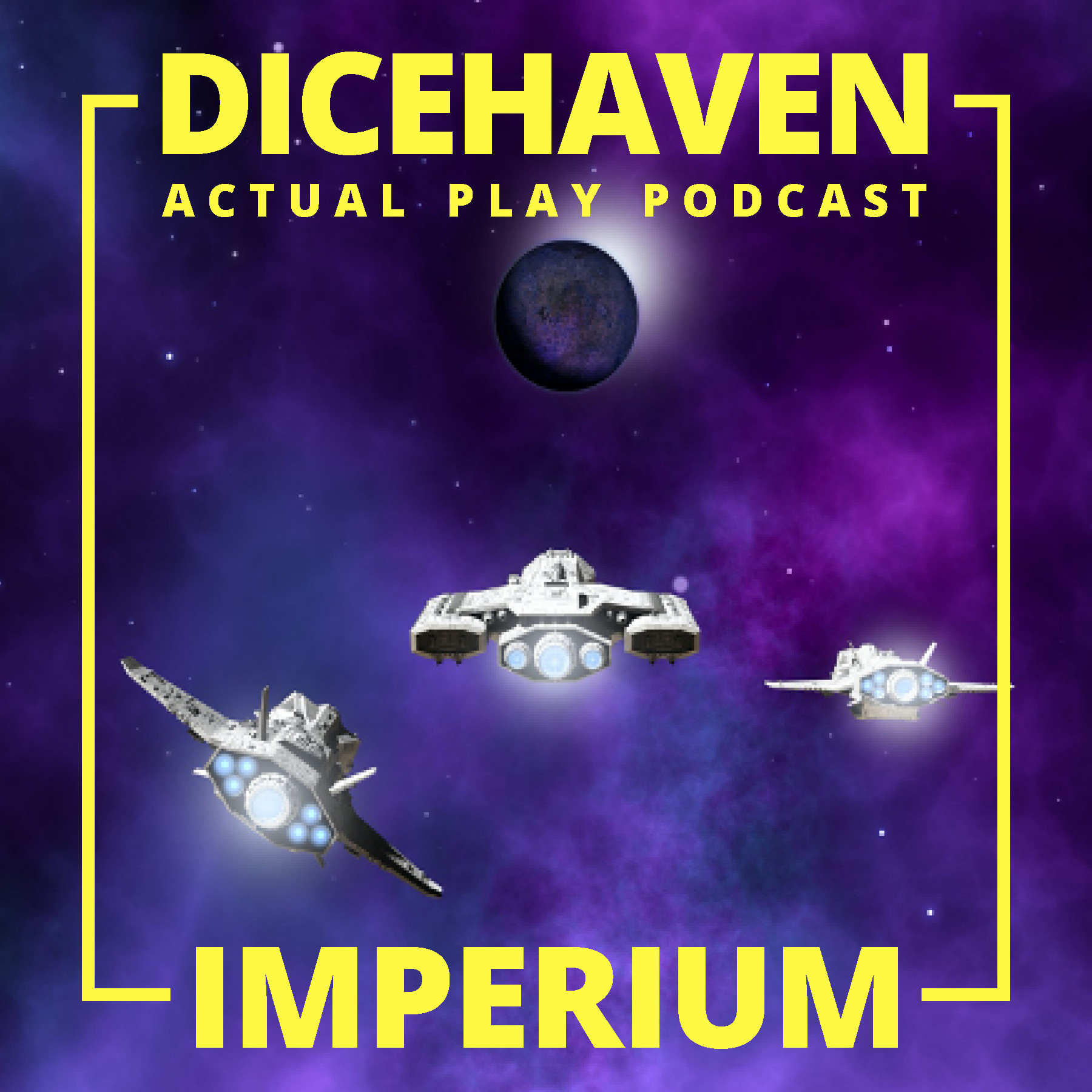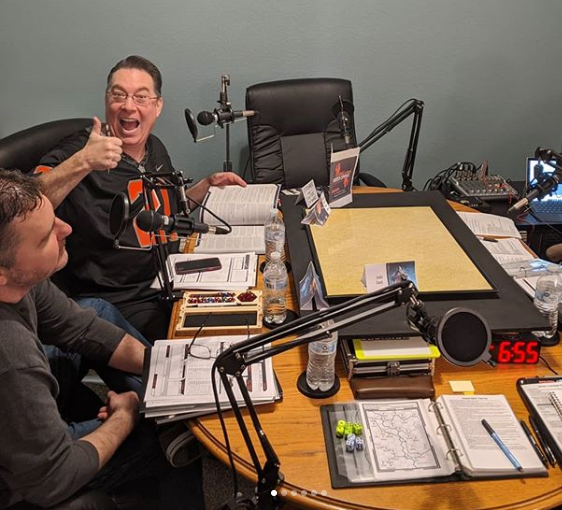Q. What were those strands that came together in your mind to start creating your fantasy world?
This is totally the wrong question to ask me. I don’t have any methods to my writing. I am a seat of the pants writer. When my characters go around the bend in a mountain pass and find a three-headed monster, I’m just as surprised as they are.
Q. What role does faith have in your life, and in your writing?
Everything. I don’t ever plan to put a faith message in my writing. It just appears. I think a fly fisherman would use fishing metaphors in his writing; a baseball player would use his game as a stepping stone for expressing his thoughts. Faith in Christ, dependence upon God is just part of who I am and the way I think.
Q. Is there anything you find particularly challenging in your writing?
How do I get distracted?
Let me count the ways.
I am interested in way too many things.
My most serious encumbrance is my own health. I have to pace myself diligently, or I end up too fatigued to think straight.
So I have to be disciplined. This is not my natural bent. So much so that I don’t even want to talk about it.
It’s a good thing God is not a God of disorder, and He’s my God, or I would be a hopeless case.
Q. If you had to do it all over again, would you change anything?
Probably start earlier. I was interested in writing as a teen. I took the Institute of Children’s Literature course as a young mom. But life happened. Until God stopped me short, plucked me out of the working force, and plopped me down at home, I ignored what I really wanted to do.
Writing is a tough business. When an artist finishes a picture, he has something very visible to show for it, even if the painting doesn’t sell. It takes time for a writer to develop his craft. It takes more time to market and finally sell your book. And making a living at being an author is a long shot. These factors combine to make writing a very daunting prospect.
However, I now believe that one should keep dabbling in your dream, even if “the real world” keeps you from pursuing full force your desire to write. Everything you write is part of that learning process, the honing of your skill.
I had a letter writing ministry during the “in between years” and that kept my fingers sufficiently stained with ink.
Yes, I would definitely have been more aggressive and started earlier if I had realized how much pleasure I would get out of exercising the gift God gave me. On the other hand, God brought me into writing just when He deemed my maturity to be at the right stage.
Q. What are your current projects?
I am writing the third in The Dragon Keeper Chronicles. The title so far is DragonKnight. I am also working on a picture book series of tales from Amara (the country of the fantasy series).
Q. Is there anything additional you would like to share with your readers?
The job of a fantasy tale is to clarify good and evil, to help readers touch a noble purpose, and to inspire a desire to seek a better plane.
I like Ursula Le Guin’s quote about fantasy: “Fantasy’s truth challenges, even threatens, all that is false, all that is phony, unnecessary, and trivial in life.”




Recent Comments